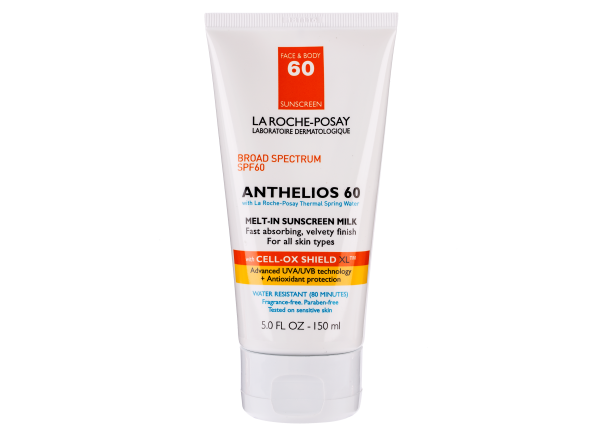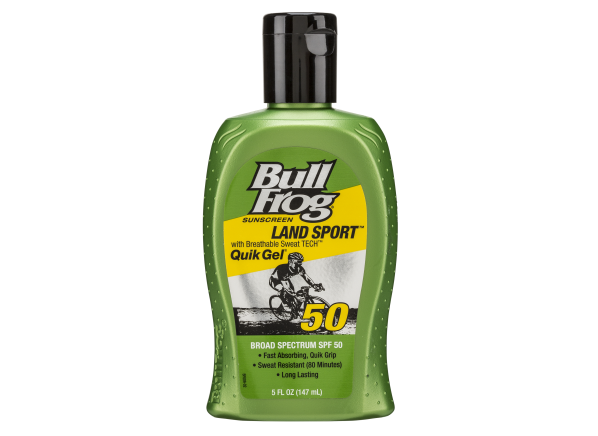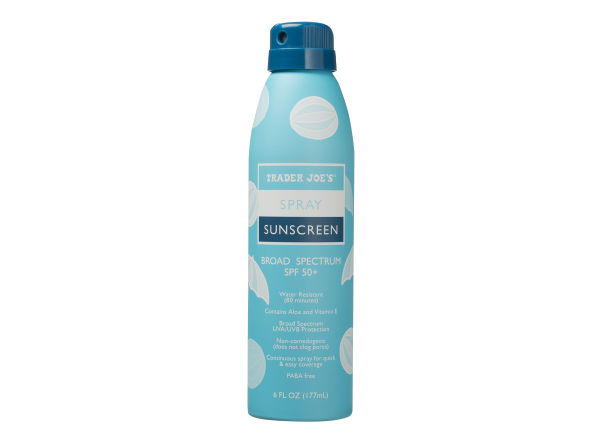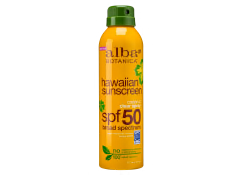Skin cancer is the most common type of cancer in the U.S., according the American Academy of Dermatology. And melanoma, the most serious type of skin cancer, results in more than 9,000 deaths each year. Overall rates of melanoma have risen continuously since 2001. But there is some good news.
A study just published in JAMA Dermatology found that while the incidence of melanoma continues to rise in older adults (those 40 and older), since 2006 they have remained stable in people in their 30s and fallen steadily in those younger than 30. In adolescents and young adults (those ages 10 to 29), the number of diagnosed melanomas fell by about 23 percent.
"While we still have a long way to go—both in how successfully we're able to treat melanoma and in prevention—there is a very optimistic downtrend in younger populations," says Jennifer Gardner, M.D., clinical assistant professor of dermatology at the University of Washington School of Medicine in Seattle and co-senior editor of the study.
What the Study Found
The researchers gathered data on 988,000 cases of invasive melanoma (meaning it has penetrated beyond the top layer of skin) from the U.S. Cancer Statistics National Program of Cancer Registries.
When they looked at data for all ages combined, they found that the number of melanoma cases each year rose steadily between 2001 and 2015—from 50,272 to 83,362. But most of that increase was driven by the higher incidence of melanoma in older adults. In fact, the oldest group (those 70 or older) saw a more than 50 percent increase in total cases for the years studied.
Among adolescents and young adults, melanoma rates reached their highest point in 2005, with 2,978 reported cases. That's a small number of cases compared with older adults, but since then, the incidence of melanoma in that age group has dropped steadily and significantly. Over the 10-year period from 2005 to 2015, the total numbers of melanomas in this age group decreased despite an increasing population—with the rate of melanoma cases dropping from approximately 1 in 30,000 young adults to 1 in 40,000.
Why Are Rates Declining?
While this study shows a significant drop in melanoma among young people, it doesn't identify a reason for the improvement. The data the researchers analyzed did not include any information about the patients' skin color, sunburn history, tanning bed use, or sun protective behaviors. "But we do think that public health campaigns over the past decade emphasizing skin cancer prevention strategies are a plausible explanation for this downturn in melanoma," Gardner says.
The researchers cite similar decreases in melanoma—especially in younger populations—in Australia starting in 1988, following public health campaigns there that helped increase sun-protective behaviors. Using sunscreen regularly (more than half the time while outdoors) in childhood was found to reduce the risk of melanoma by about 40 percent compared with never using it, according to a 2018 Australian study involving 1,700 people ages 18 to 40 published in JAMA Dermatology.
It makes sense that the impact of prevention is first seen in the younger population. Just one blistering sunburn in childhood can double the lifetime risk of melanoma, according to a 2008 analysis published in the journal Annals of Epidemiology. "Most people who are now in their 40s and 50s didn't grow up using sun protection regularly, and as result, many experienced multiple sunburns during childhood," Gardner says. "But when I ask parents who have young children now how many sunburns their children have had, the answer is almost always zero."
Indoor tanning is another big risk factor for melanoma, but its use is also decreasing among teens and young adults. According to the Centers for Disease Control and Prevention, in 2017 only 5.6 percent of teens reported using an indoor tanning device in the previous year, down from 15.6 percent in 2009. "Younger generations are more informed and aware of the risks of sunburns and tanning beds, and I think legislation restricting tanning bed use among minors has also played an important role," says Eleni Linos, M.D., professor of dermatology at Stanford University in California. "If more awareness and stronger legislation protecting teenagers from tanning beds is ultimately preventing cancers, that is great news."
"Minimizing exposure to ultraviolet light is the most modifiable risk factor for melanoma," says Umang Swami, M.D., a melanoma expert at the Huntsman Cancer Institute and an assistant professor of internal medicine at the University of Utah in Salt Lake City. So, it's possible that if this generation continues to be vigilant about sun protection over the course of their lifetimes, they will continue to have lower rates of melanoma.
"One hope is that these prevention messages and sun-protective behaviors have been imprinted on them early in life and will stay with them as they get older," Gardner says. But only time—and further study—will tell if this decrease in melanoma continues as these now-young adults age.
Early Melanoma Detection Is Crucial
No matter your age, it's important to be vigilant about checking your skin for signs of possible cancer. "If melanoma is caught early, it's completely curable," Swami says. "That's why early detection is key."
According to Swami, you need to watch for any changes in existing moles or the sudden appearance of new ones. "If you see anything unusual, see your dermatologist right away," he says. "The incidence of melanoma may be higher in older adults, but no one is immune and it can occur at any age."
Follow the ABCDE guidelines when examining your moles, looking for:
• Asymmetrical shape
• Border that's irregular
• Color that's uneven
• Diameter greater than the size of a pencil eraser
• Evolving changes to size or color over a few weeks or months
Top Sunscreens From CR's Tests
Using sunscreen is an important sun-protection step, and not just in the summer. Ultraviolet light can damage your skin year-round. Consider these top-rated sunscreens from Consumer Reports' tests. Members can see our complete sunscreen ratings.





















